Insights
Operational Excellence at Metaco
Our Operational Excellence consultant Bilal was given the opportunity at Metaco to analyze the current cost price calculation and formulate a new one taking into account all costs. Furthermore, he had to optimize the working method, the general safety, the storage procedure, the business and production processes. Kris, his senior OpEx colleague, looks back on the project with great satisfaction.
Operational Excellence (OpEx) is a popular philosophy among organizations that want to improve and maintain their efficiency. Despite its popularity though it is not easy to give a clear and unique definition of Operational Excellence. For the purpose of this article, I will define Operational Excellence as:
“The effort and actions that a company puts in place through standardized processes to drive its conviction to deliver towards the customer the requested product or service at the requested moment at the lowest production effort/cost and price the customer wants to pay for it.”
I am always surprised to hear that so many organizations are struggling with Operational Excellence. In fact, I regularly hear about situations where OpEx does not produce the expected results. Interestingly, we can often bring back the failure of OpEx efforts to 9 causes. I, therefore, adhere to a number of principles that ensure the success of the project almost 100%. With these causes & success factors in mind, Bilal and I achieved good results during the Operational Excellence business case at Metaco.
9 reasons why Operational Excellence fails and how you can avoid these pitfalls
1. The company leaders don’t know enough about Operational Excellence and they “start with OpEx” for the wrong reasons.
Sometimes companies start Operational Excellence initiatives because “everyone is doing it” or because competitors invest in Operational Excellence. Similarly, local branches of a company are often forced to start with OpEx because the company headquarters has decided that’s the way to go. In such cases, organizations often don’t have the required knowledge, expertise and resources to start and get good results with OpEx.
Lesson 1: Only start with OpEx if you are convinced that it will give you good benefits and if you have sufficient OpEx knowledge, expertise and resources on board. Don’t know whether you’re ready yet or whether OpEx is right for you? Or do you need help with the preparation and/or implementation of OpEx? Look for reliable external partners and learn from Operational Excellence business cases! The lack of knowledge, expertise and resources within your own organization should never be a showstopper for the optimization of your processes.
2. OpEx is often considered as a collection of tools rather than a culture
Do you think that implementing a lean or six-sigma program will give you Operational Excellence? Then you are wrong, and you are not alone! Operational Excellence is a philosophy, a company culture. If you want to reap the true benefits of OpEx you will need more than a few shiny tools or methodologies. You will need (among other things) a model for leading the cultural change that comes with any OpEx introduction.
Lesson 2: Operational Excellence is more than a collection of methodologies and tools. Your whole organization has to be on board in order for operational excellence to succeed. Operational Excellence can offer many benefits to an organization, but it is just as strong as its weakest (often the human) link.
3. There are not enough people with the right soft skills to support cultural change
Many companies think that having a few knowledgeable people in the organization is enough to implement successful Operational Excellence programs. This is not the case. The implementation and success of OpEx initiatives should never be dependent on a few people with the right soft skills and expertise. OpEx initiatives should come from and be embraced by everyone in the organization, no matter his or her education, skills, expertise and position in the company.
Lesson 3: A good Operational Excellence business case requires more than a few people with the right soft skills and expertise. Operational Excellence is a team effort. You need the support of your entire organization to get the desired results.
4. Operational Excellence is implemented top-down with little or no attention for bottom-up feedback.
Most companies implement OpEx in a top-down manner. As said before, however, the entire organization has to be on board for OpEx initiatives to be successful. More often than not, organizations have little or no attention to feedback coming from the shop floor. In such cases, employees and first-line-management can quickly switch from a cooperative “Plan Do Check Act” mentality towards a passive “I’ll only do what they have told me” mentality.
Lesson 4: Since Operational Excellence is a team effort, it is important to pay attention to feedback from all people involved. Everyone has to be on board and stay on board. You don’t have to implement all feedback, but make sure that people feel heard and understood, and that you act on the best feedback to make your OpEx initiatives even more successful.
5. Operational Excellence is introduced in the wrong way
Every colleague, machine, production line, department and process has its own specific characteristics. As a result, it is usually not a good idea to ‘generalize’ the implementation of Operational Excellence efforts. Some people and departments may favour a big bang approach, others may favour a step-by-step approach, still, others may favour a process-oriented or a department-oriented approach. Forcing one approach upon everyone is usually a recipe for disaster.
Lesson 5: Try to implement OpEx with the approach that resonates most with the people, processes and working environments involved. This can be a different approach for different people and different departments. Try to keep the implementation process going by using the right tools for the right people at the right time.
6. There are too many changes in a short period of time
Organizations that invest in Operational Excellence often want to see results fast. As a result, they often initiate too many changes in a short period of time. In such cases, people often can’t absorb, understand, accept and practices the changes in the right manner before the next changes are introduced. This is a potential source of errors, safety risks and instability. Eventually, this will lead, among other things, to a lower level of Operational Excellence.
Lesson 6: Take your time to implement Operational Excellent initiatives. Make sure that every initiative is understood, accepted and practiced before moving on to the next big change. Great companies have a good foundation. The same goes for Operational Excellence.
7. The line managers don’t show enough involvement
The most important task of line managers is to assure that the production and services keep running. As a result of our fast-changing world, figurative fire-fighting becomes the “general modus operandi” these days. If line managers have to put most of their effort in fixing issues, they are often less interested in the implementation of new Operational Excellence initiatives. In such cases, they can’t offer the support and enthusiasm that is needed to inspire their colleagues on the shop floor.
Lesson 7: Make sure that your line management is enthusiastic about your Operational Excellence efforts. If you don’t have their approval, you won’t see much change on the floor.
8. Losing sight of the role of the customer
Most companies exist by the grace of their clients. Clients, after all, pay for products and services. So if a company’s prices are too high (due to inefficient processes and low Operational Excellence), it will put itself out of business.
Lesson 8: Question yourself continuously and continue looking for ways to improve your Operational Excellence. This way you can improve your position in the market and your overall market share. Always ask the question “Does the customer want to pay for this?”.
9. Considering Operational Excellence as a one-off thing
Companies often implement a few OpEx tools and methodologies and consider the implementation date as the end date of their Operational Excellence process. Operational Excellence, however, never ends. In order to be truly successful, everyone in the company has to keep on questioning the way things are done, and how they can be done in a more efficient and better way.
Lesson 9: Operational Excellence is a never-ending story. In order to be successful, companies and people have to take time to challenge the status quo. This is not easy in a fast-changing world, but it is necessary if you want good results from your Operational Excellence efforts.
Discover the added value of Operational Excellence for your organisation!
Read our ready-to-use tips in this Operational Excellence business case.
Download our Metaco business case
How to implement successful Operation Excellence programs
I hope that this article can help you avoid some pitfalls with regard to the implementation of Operational Excellence I have seen along the way. In any case, always try to make sure that:
- your company is ready for Operational Excellence initiatives before implementing them
- you implement Operational Excellence for the right reasons
- you have sufficient (internal and/or external) knowledge and expertise and (soft) skills
- you leave room for people to embrace the required changes in company culture
- you listen to feedback from everyone involved
- you adapt your implementation strategies to the people and processes involved
- you introduce your initiatives in succession, not all at the same time
- your line management is able to inspire their team members
- you implement the right processes to improve the customer experience
- you continue investing in Operational Excellence
Meet Kris van Nieuwenhove
Kris Van Nieuwenhove is a Pharma Services / Operational Excellence consultant at Pauwels Consulting. He has over 15 years of operational experience in leading and coaching co-workers and he has been involved in various Six Sigma Green and Black Belt projects. Kris specializes in OpEx, coaching Yellow and Green Belts, culture change management, visual management and communication and facilitating and leading Kaizen events.
Would you like to know more about OpEx? Check out our presentation:

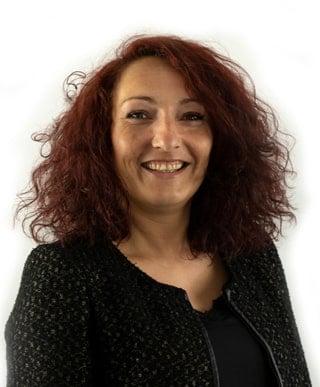
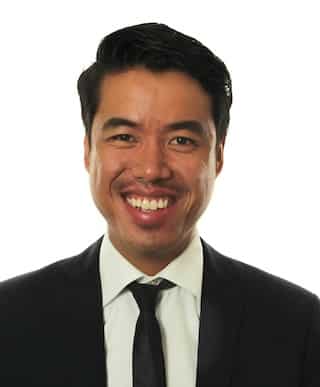
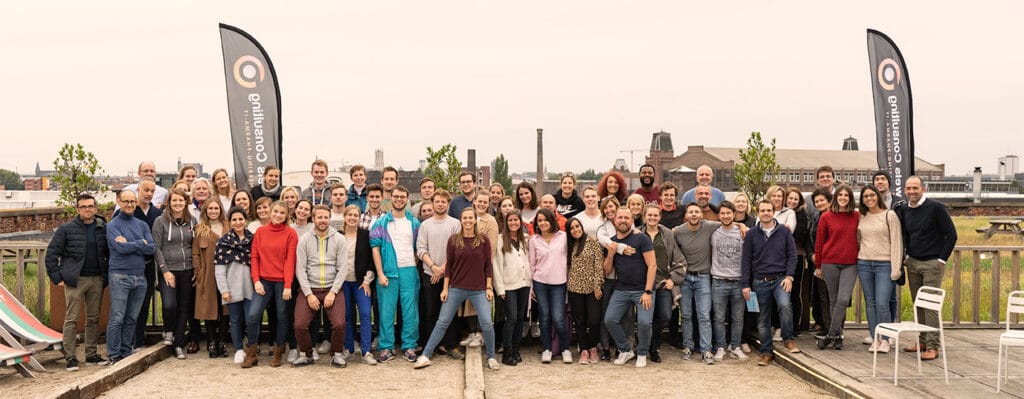

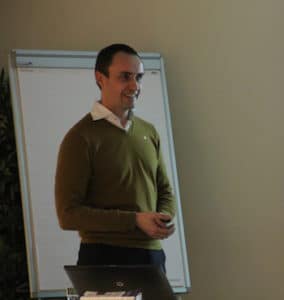
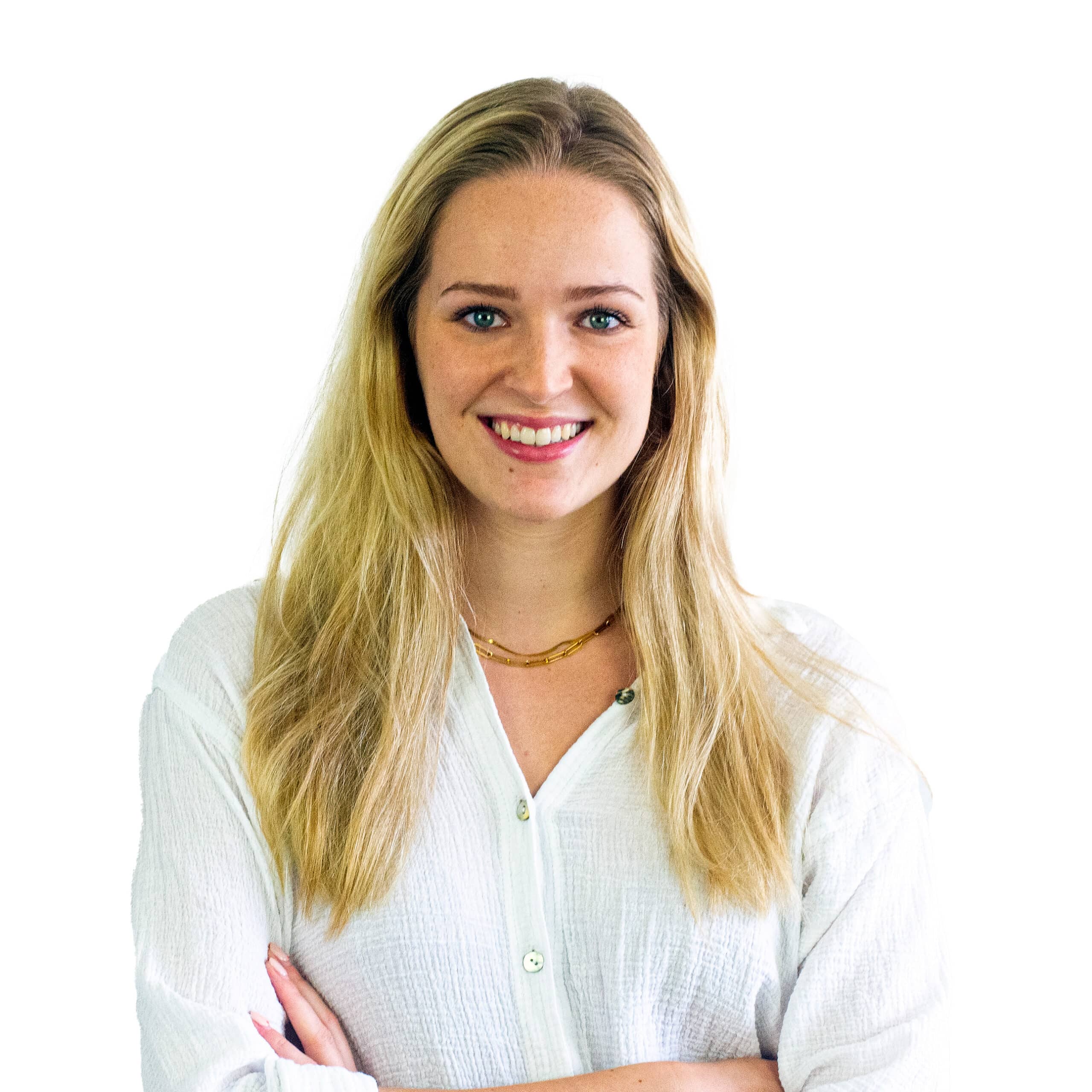
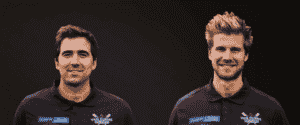
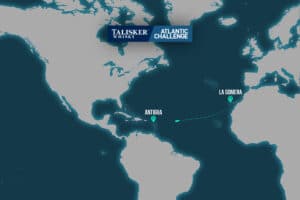
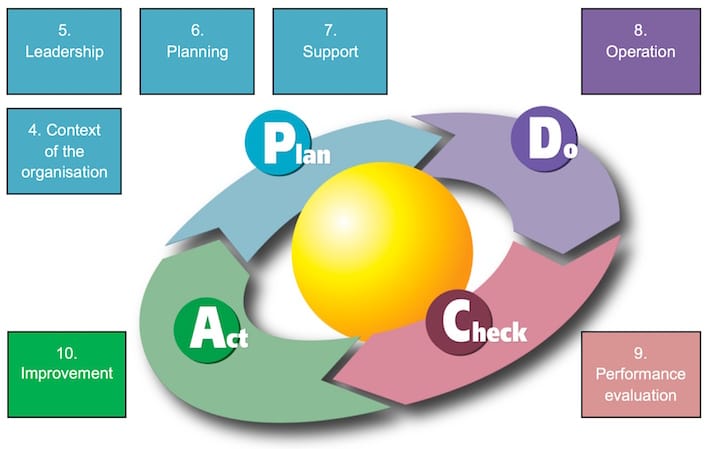
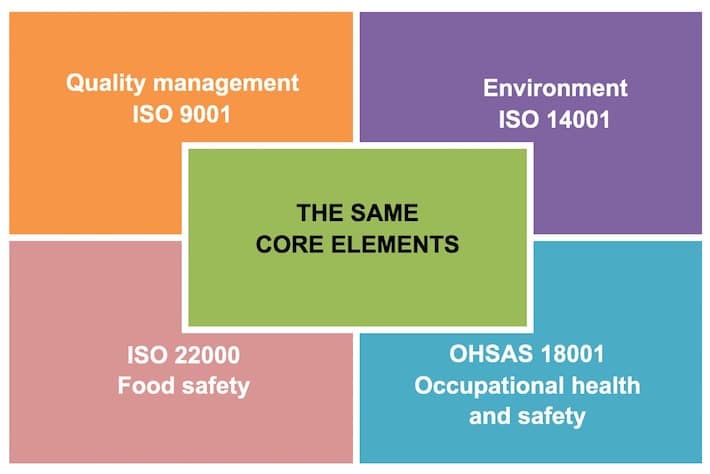
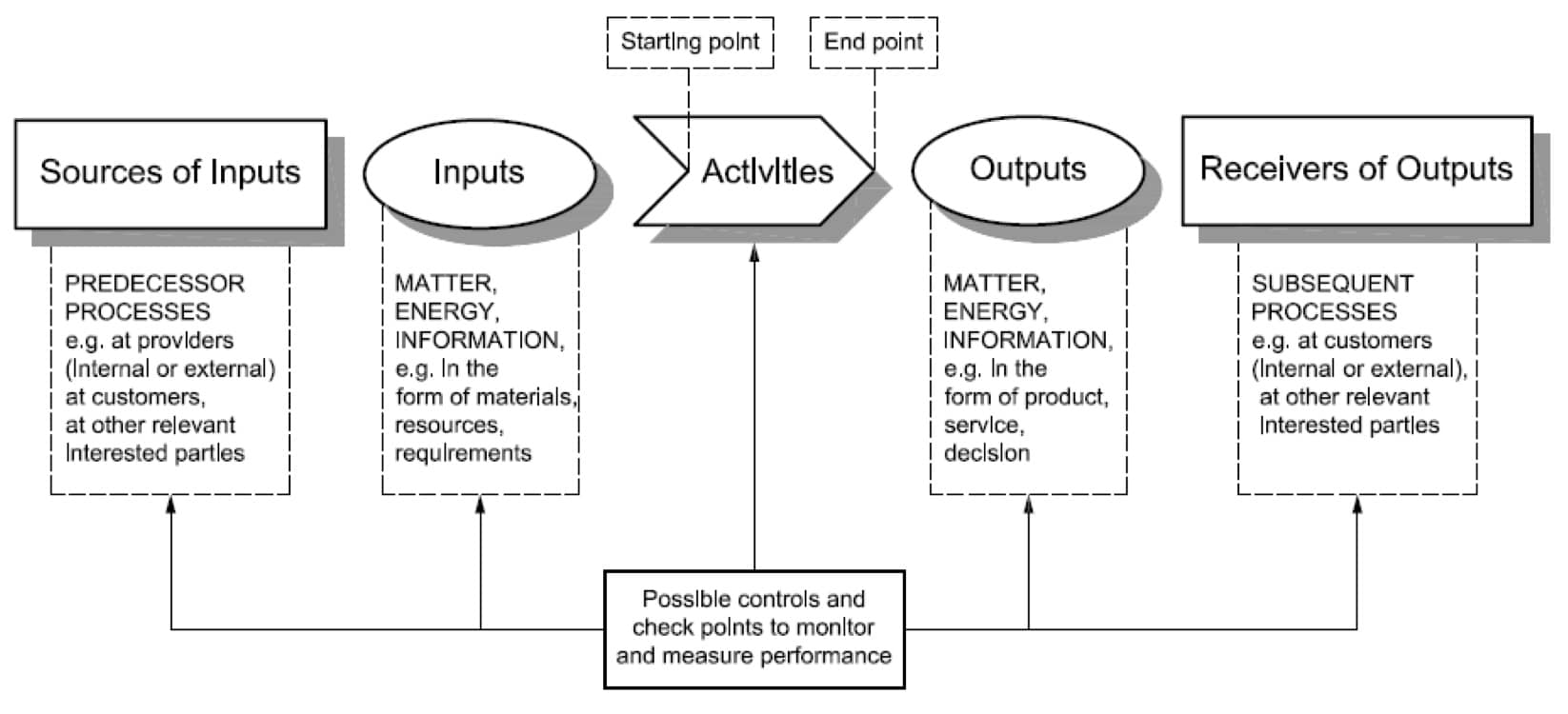

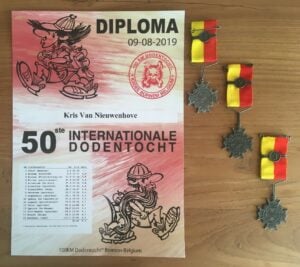
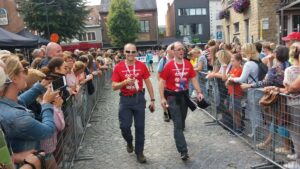


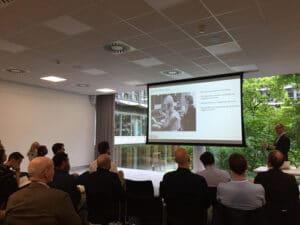
 Benny Willen, who is the CEO and founder of Cloudalize, took us further on
Benny Willen, who is the CEO and founder of Cloudalize, took us further on